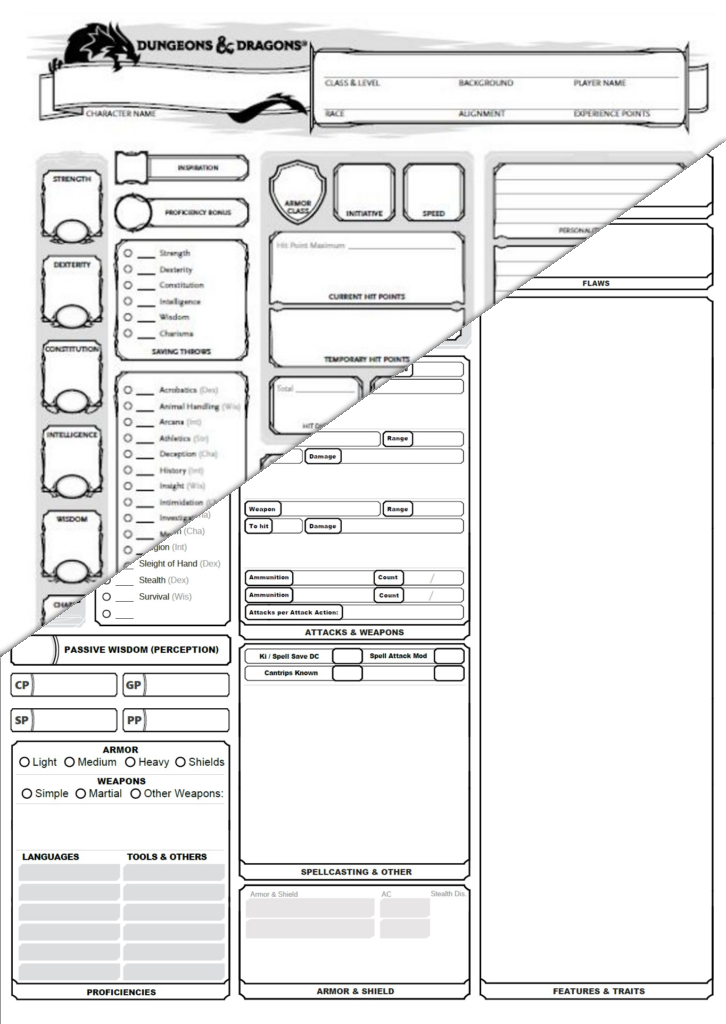

In this way, but as a DM I might apply disadvantage on other creatures to Unclear if you need to make checks to deceive other creatures while disguised Mundane disguises or spells to pass yourself off as a specific person. Since your clothing andĮquipment aren’t covered by the effect, you may need to partially rely on Shapechanger is versatile, but also limited. In the original version of Eberron: Rising from the Last War, the ChangelingĬould apply their flexible +1 ability increase to any ability score, includingĬharisma, which allowed them to start at level 1 with 18 Charisma. Race in the Eberron setting since 3rd edition. Changelingsįirst appeared in Eberron: Rising From the Last War and have been a staple Race, this is generally what draws players to the Changeling.

Relying on spells or on items like a disguise kit. Do they have any secrets that can come back to haunt them? Why are they an adventurer now? If you need some help getting started, take a look at this D&D character backstory template from Arcane Eye.Changelings are the closest that players will ever get to playing aĭoppelganger, gifted with the ability to change their appearance without Think about why your character chose to be whatever class they chose, or maybe they were somehow forced into becoming a rogue or a fighter. Starting with where and how your character grew up can help determine who they are today and what motivates them. Whichever number you roll aligns to your new trait!Ī character's back story also influences their personality. Here's an example of one for personality traits. This page has pre-generated charts that will let you roll a die to choose characteristics. Here's a short chart to explain each of the concepts and how a high or low score in each category would affect your character.įind out more about creating a personality at D&D Beyond. Every character has scores in strength, dexterity, constitution, intelligence, wisdom, and charisma. Maybe you're curious about the available abilities and what they mean. Your ideals refer to the principles that drive your character. Specific traits can be about your likes or dislikes, your accomplishments, your fears, and things of that nature. A few categories to think about are: traits, ideals, bonds, and flaws. Once you've chosen an alignment, you can start building the rest of your character's personality. Choosing one is a good jumping-off point for knowing how your character will react to situations. Typical alignments range from lawful good to chaotic evil. The chart below from The Noobist explains the concepts. A way to start doing that is to by choosing an alignment. Once you've decided on the basics for your character, it's time to craft a personality. D&D Beyond has a great resource for building a character for the first time that will walk you through the process. You'll want to explore all the options before you decide what kind of character you want to create. Geek & Sundry has thorough resources on building a character of each class.
#INSTRUCTABLES DND 5E CHARACTER BUILDER FULL#
You can find a full list of classes here at D&D Beyond. Some of the available classes are bard, cleric, druid, ranger, rogue, and sorcerer, among others. For example, a bard has extra charisma, which can come in handy if you want to persuade someone to help you. Similarly, the class you choose for your character can give them extra strengths. You can find a full list of races here at D&D Beyond. For example, if you choose to play as a genasi, your character will get +2 to your constitution, which helps you resist exhaustion, disease, and other maladies.

These include dwarves, elves, gnomes, half-elves, humans, and many others. There are a number of humanoid races who inhabit the various worlds of Dungeons & Dragons. The two main building blocks of your character are race and class.


 0 kommentar(er)
0 kommentar(er)
